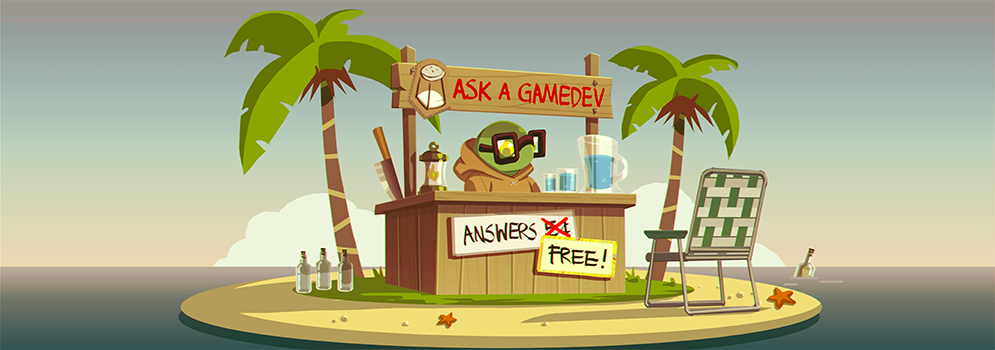Shouldn't Overwatch also have the same problem then in regards to visual clarity? I'm sure if you were to give people Juno and Brigitte people would struggle telling what their role is probably confusing Brigitte as a Tank given she has a shield just like Reinhardt. Only Baptiste has said cross on his outfit which if he didn't people might confuse him from DPS since he carries a healing grenade launcher. Yet the only character design problem ive seen people talk about is Venture.
While this is true, it's a very different situation. Overwatch is an old game, it's been running for eight years now. When Overwatch launched, there wasn't anywhere near the kind of well-established competition that there is today. When Overwatch launched, there was no Apex Legends, Paladins, Deadlock, Quake Champions, or Valorant. Further, Overwatch's launch cast was designed with incredible visual clarity - nearly every character had a silhouette and visual design that both made them distinct and conveyed their style of gameplay. There's a pair of business terms for this kind of thing - Blue Ocean vs Red Ocean.
A Blue Ocean is mostly unexplored and pristine - you're entering a market that's mostly untouched and there isn't much competition. This favors the first-mover advantage - the first ones there have more time to experiment, set things up, and learn from their mistakes. The customers/players in that market don't have anywhere else to go if they want their gameplay, so you can afford to make mistakes, iterate, and improve. Since there aren't many other games to switch to, the players will likely stick with what they are already familiar with.
A Red Ocean is a saturated market, where the waters have been dyed red with the blood of all of the dead or dying competition. There's already a lot of competition, meaning that any new product must stand out significantly from its peers or it will soon die from lack of audience. In a Red Ocean, the initial launch is much more important because you never get a second chance at that first impression. Further, audience retention is also super important because of how much competition there is - a new product might be able to draw some attention just from the novelty, but novelty wears off quick and most of the players already know the genre and the other games available. If the new game doesn't serve their needs immediately, the players won't give it the time to improve - they'll just go to one of the competitors that already does serve their needs.
We can't really compare the two games in a vacuum, we must compare the full environment that the games launched in. Overwatch had the added benefit of significantly less competition in its Blue Ocean, meaning that the playerbase really didn't have anywhere else to go while they waited for Overwatch to improve things. Concord was unable to grab attention immediately in a Red Ocean, meaning any potential audience quickly dispersed themselves among the large number of competitors already out there.
[Join us on Discord] and/or [Support us on Patreon]
Got a burning question you want answered?
- Short questions: Ask a Game Dev on Twitter
- Long questions: Ask a Game Dev on Tumblr
- Frequent Questions: The FAQ

